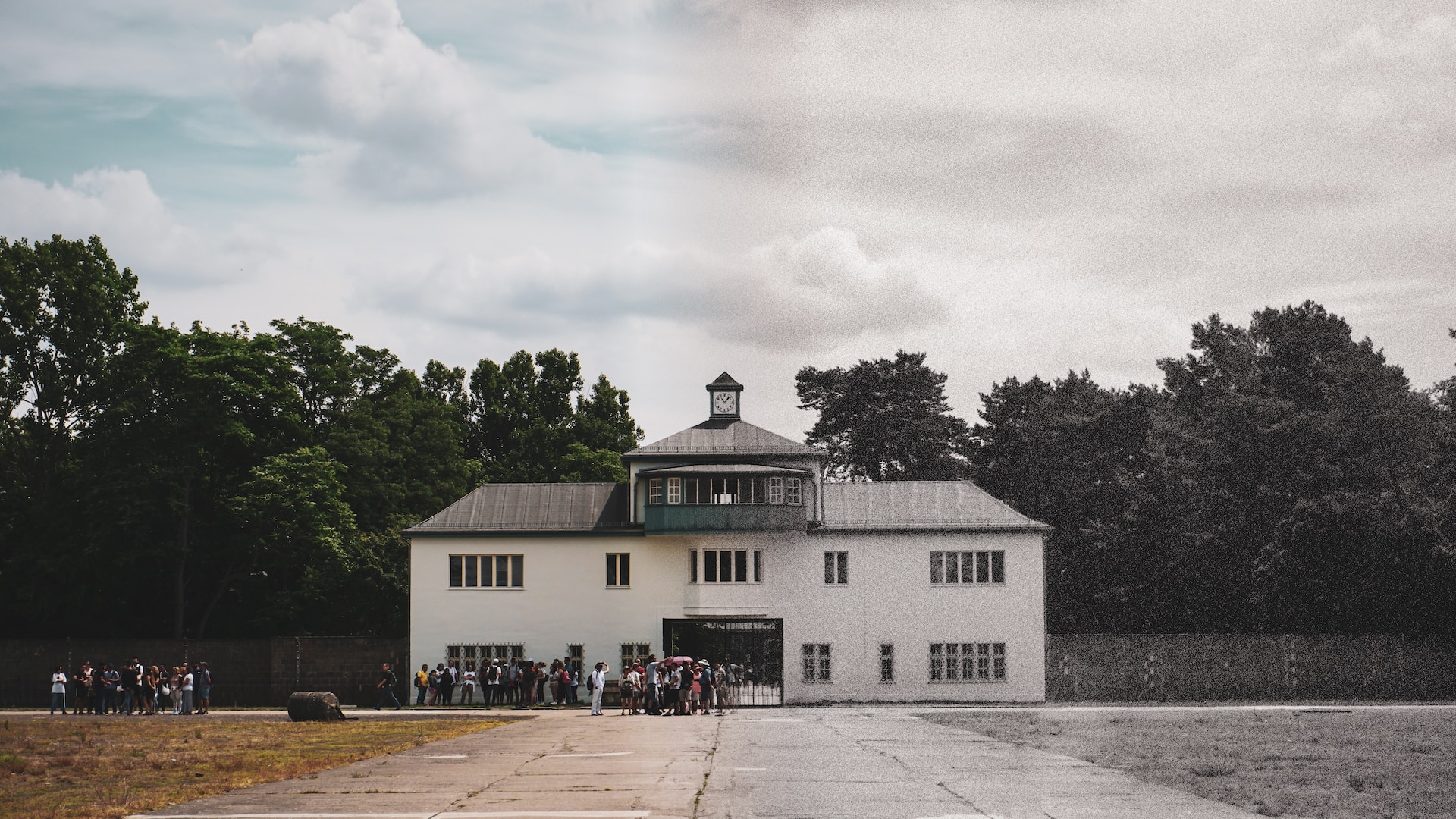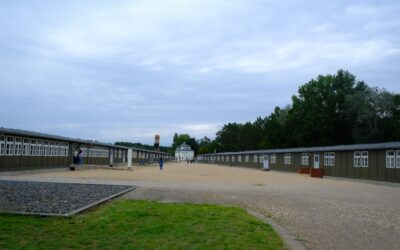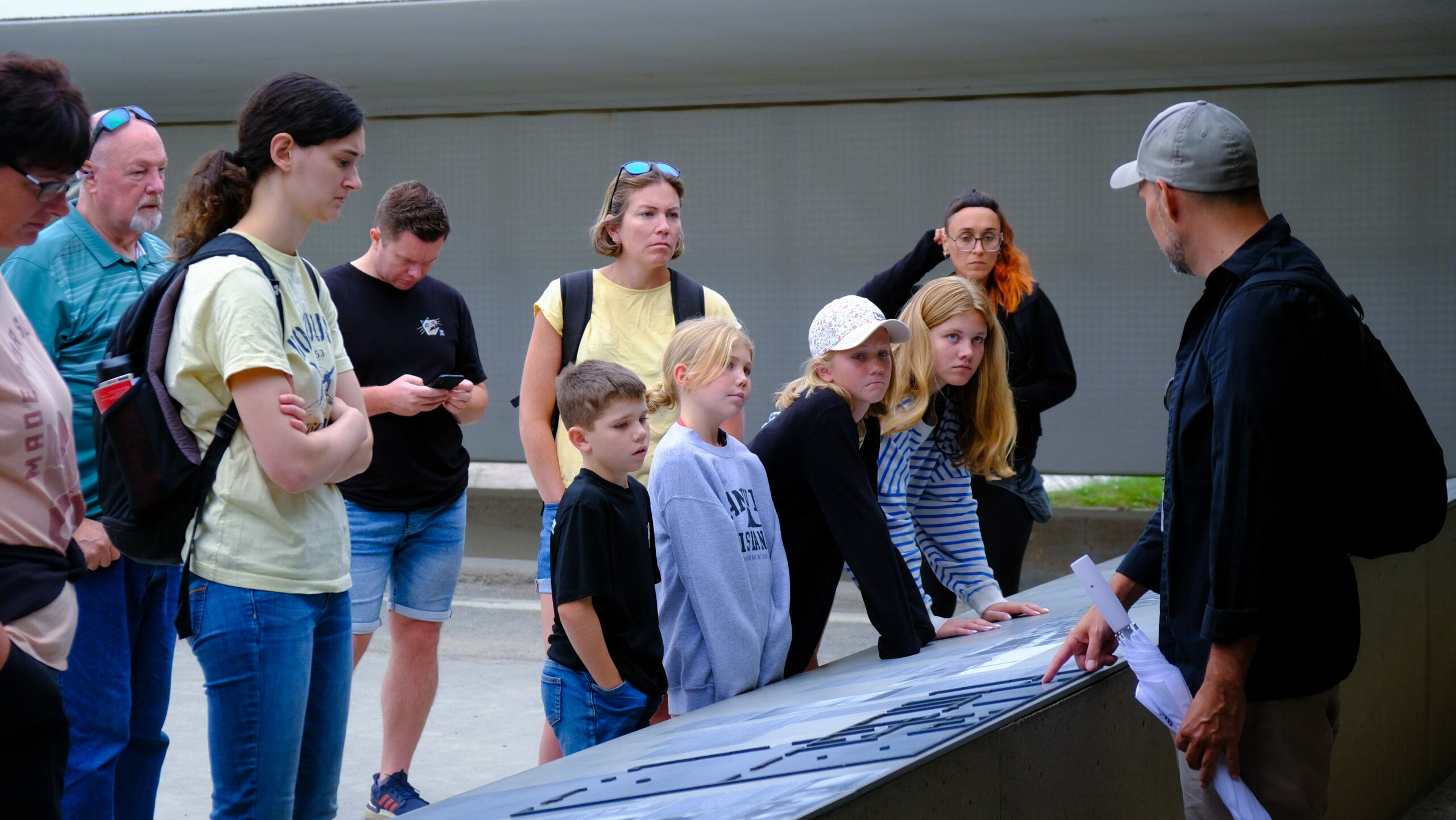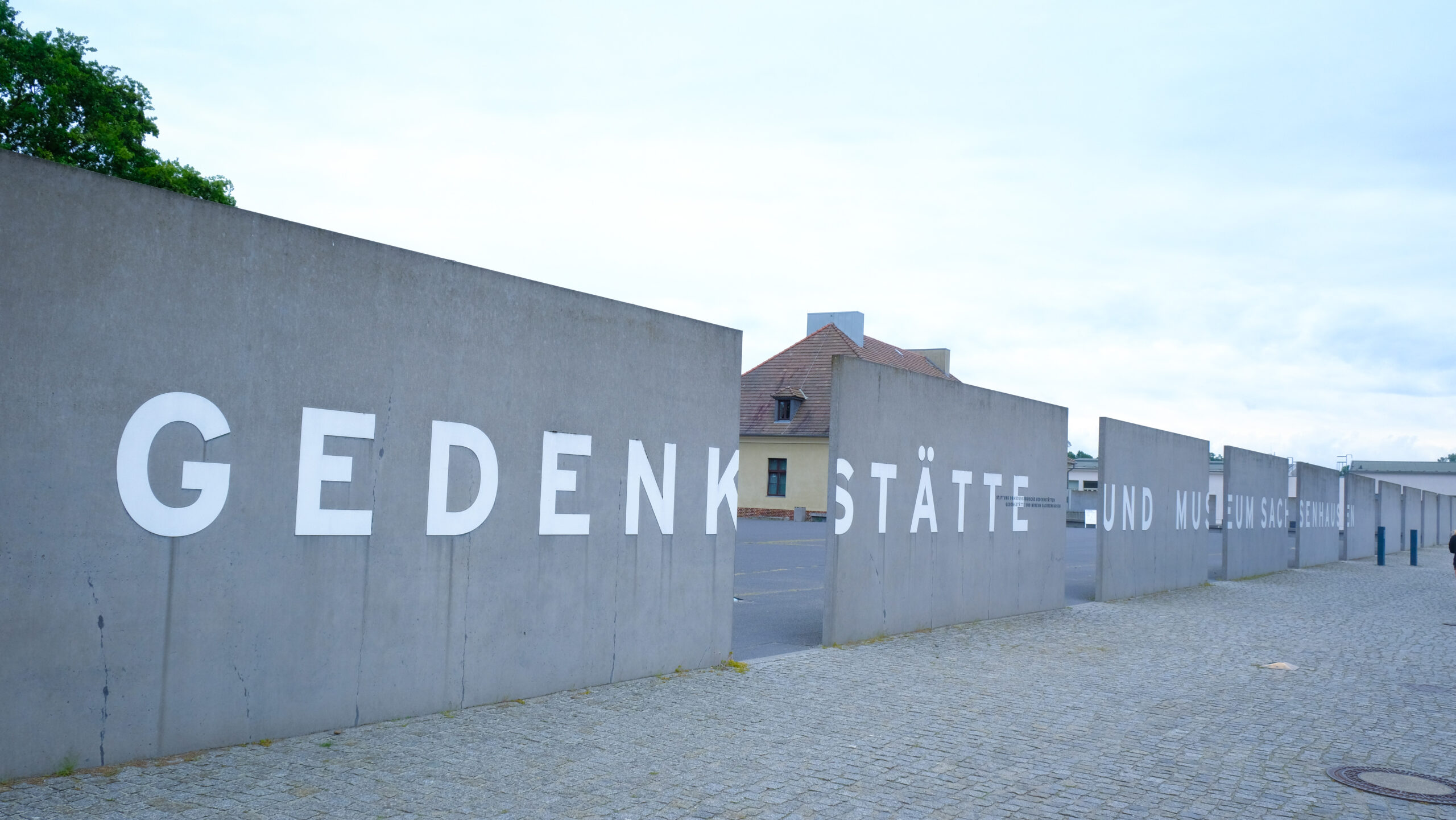The Sachsenhausen concentration camp was set up in 1936 and thus this was among the first of the concentration camps created by the Nazis. Also situated near the town of Oranienburg, Germany, this camp became host to some of the horrors of the Holocaust. In this blog post, readers will learn about the chronology of Sachsenhausen, why it existed, and what happened after.
The Origins and Purpose of Sachsenhausen
Sachsenhausen or known as Oranienburg refusing camp was established by the Nazis to serve as a prototype of concentration camp as a showpiece camp for other prospective camps and as a training center for SS officer cadres. At first their main prisoners were political prisoners for things like being communists, social democrats or otherwise opposing the Nazi party. Gradually and as the period of the war increased, it transformed into a center of wholesale brutality and killing. Sachsenhausen was a prison camp that housed about 200000 detainees irrespective of their origin, color or political beliefs.
The Living Conditions
Living in sachsenhausen was characterized by torture, objectification, and always being scared. Imprisonment was characterized by poor, inadequate and unhygienic diet, congestion, and poor diseases control measures causes many diseases to erupt. The camp of course had forced labor as one of its main pillars with prisoners being overworked on various tasks in and outside of Sachsenhausen.
Persecution and Death
Basically, the suffering of the prisoners of Sachsenhausen was something that could only be thought of in the nightmares. Some of them were taken through medical examinations and others were forced to work in industries that operated in the camp. Also thousands of prisoners were kept in a special block known as the Station Z and were tortured, murdered, experimented on in other inhuman ways. It is quite notorious that the sign “Arbeit Macht Frei,” meaning ‘work shall set you free’ was written on the gate at the entrance to Sachsenhausen.
The Liberation and Aftermath
Sachsenhausen was liberated by Soviet forces on 22 of April in 1945. However this did not prove to be the ultimate cruelty of the prison, those who survived were often left to die from diseases and starvation even after being released from this prison. After world war II the camp was used by the Soviets to detain Nazi war criminals and remained a prison until 1950. It was then utilized for other purposes before it was used to detain East German political prisoners before it was again made open to visitors in 1961 as a memorial location.
Visiting Sachsenhausen Today
Today, Sachsenhausen is a memorial and museum, which gives the stunned visitors an oar of the Holocaust tragedies’ experience. Currently tourists can only wander around the territory of the preserved camp, study exhibits reflecting the history of the place, and honor the memory of the victims at the memorial. There are guided tours where one can get some kind of view of what the prisoners lived through as well as get educated on the evils of the Nazi powers.
The idea of the exhibition can be translated as ‘Remembering the Past, Shaping the Future’.
Sachsenhausen is the place where people can get the instructions and see how millions of individuals suffered during the holocaust. It is an allegory of the evil of hate, bigotry, and the misuse of authority. In remembering the tragedies of the past we must try to apply corrections to avoid the same happening in the future with the feeling towards outcasts and minorities.
Conclusion
KZ Sachsenhausen is one of the symbols of the Holocaust, one of the techniques of mass extermination of people. It is a commemorational site where individuals get a chance to explore the history and make sure those painful years are not repeated again in the society. The treasured memory of the Saxon Zweig houses together with the extreme Nazi’s horror of Sachsenhausen invincibly dictates the humane spirit of understanding and tolerance in civilization.




